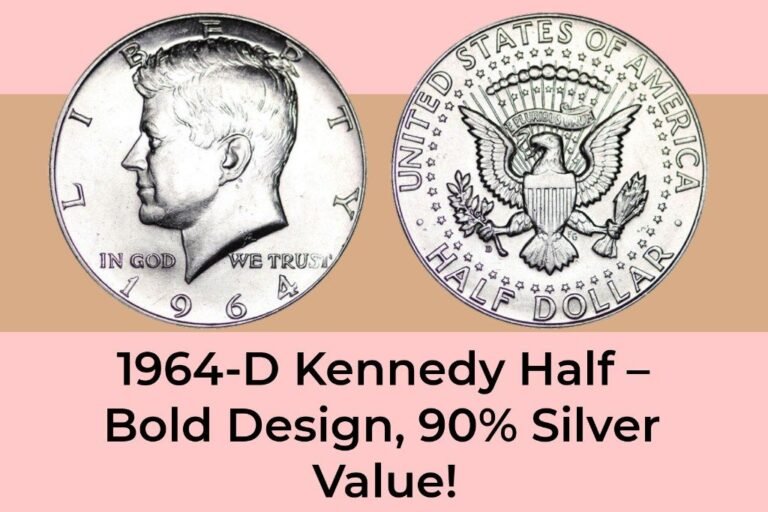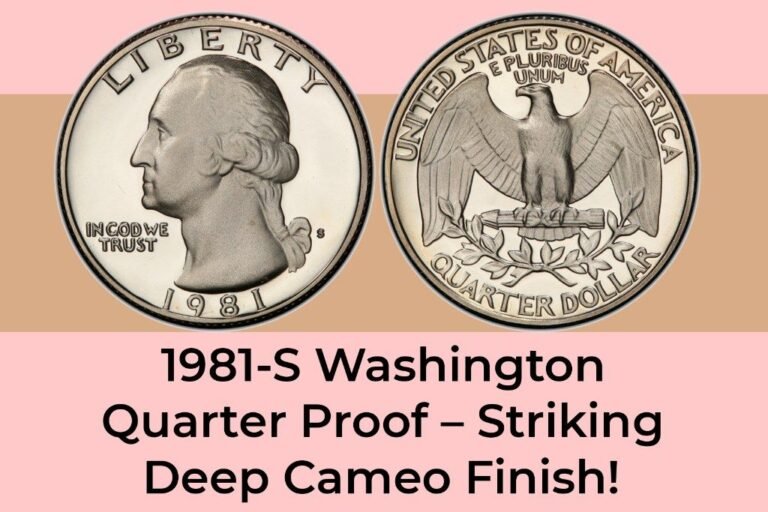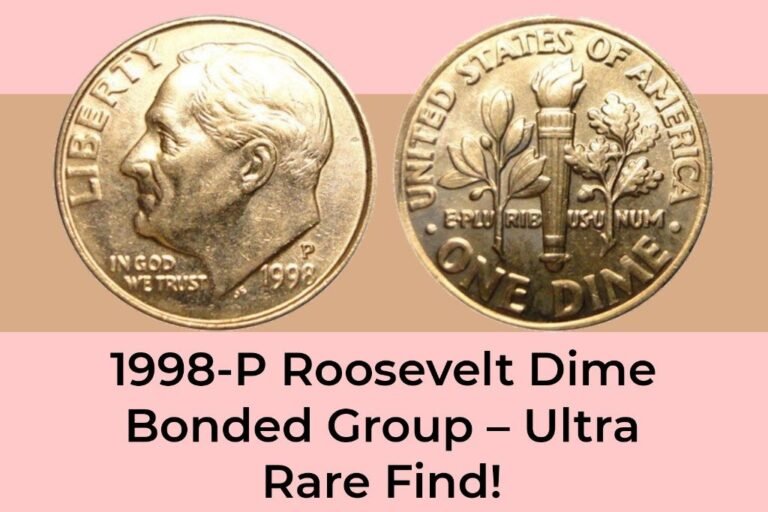1937-D Three Legs Buffalo Nickel – In the world of U.S. coin collecting, few errors are as famous, dramatic, or instantly recognizable as the 1937-D “Three Legs” Buffalo Nickel. This legendary variety, born from a minting mishap at the Denver Mint, has become one of the most sought-after error coins in American numismatics. With its striking visual anomaly and fascinating backstory, the 1937-D Three Legs Buffalo Nickel is a must-have for collectors and a true icon of numismatic history.
The Buffalo Nickel: A Classic American Design
First introduced in 1913, the Indian Head Buffalo Nickel (commonly known as the “Buffalo Nickel”) was designed by sculptor James Earle Fraser. It features a proud Native American chief on the obverse and a majestic American bison (often called “Black Diamond”) on the reverse. Celebrated for its bold, artistic design, the coin was minted until 1938 and remains a favorite among collectors for its rugged symbolism of the American West.
The reverse design, however, proved challenging to strike clearly, especially on the bison’s legs and the word “FIVE CENTS,” which often wore down quickly in circulation.
The Birth of the “Three Legs” Error
In early 1937, Denver Mint technicians noticed that the reverse dies were deteriorating rapidly—particularly in the area of the bison’s front leg. To extend the life of the dies, a mint employee made a fateful decision: he polished or filed away the damaged area, including part of the bison’s front leg, in an attempt to clean up the die.
What resulted was an unintended—and unauthorized—design change: the bison now appeared to have only three legs.
This modification created one of the most famous die modification errors in U.S. coinage. Thousands of these altered coins were struck and released into circulation before the U.S. Mint realized what had happened. Once discovered, the Mint quickly corrected the issue, making the “Three Legs” variety a short-lived anomaly.
Also Read: 1899 Indian Head Penny – Timeless Copper Classic!
Why It’s So Iconic
The 1937-D Three Legs Buffalo Nickel stands out for several reasons:
- Clear and Dramatic Error: Unlike subtle minting flaws, the missing leg is easily visible to the naked eye, even on lower-grade coins.
- Historical Significance: It represents a rare case of human intervention gone awry at the Mint—part of a broader series of 1937 “Denver Mint buffalo nickels” with various leg and text alterations.
- Survival in Circulation: Because these coins were never officially recalled, many entered general circulation, giving modern collectors a chance to discover one in old coin collections or even pocket change (though extremely rare today).
How to Identify the Three Legs Variety
Key identifying features:
- Mint Mark: “D” located on the reverse, below the bison
- Missing Front Leg: The bison’s front leg appears partially or completely erased, giving the illusion that the animal is standing on only three legs
- Smooth, Polished Area: Look for a flat, smoothed-out surface where the leg should be, often with a slight “ghost” line or die scratch
It’s important to note that some wear on the bison’s leg from circulation can mimic the error. True Three Legs coins show a deliberate removal of detail across multiple specimens, confirmed by expert numismatists.
Also Read: Is Your 1964 Kennedy Half Dollar Worth More?
Value and Collectibility
The 1937-D Three Legs Buffalo Nickel is highly collectible and commands a significant premium over the regular 1937-D issue.
- Good to Fine (G-4 to F-12): $200 – $400
- Very Fine to Extremely Fine (VF-20 to EF-40): $500 – $1,000
- Uncirculated (MS-60 to MS-63): $1,500 – $3,000
- Gem Uncirculated (MS-65): $5,000+
Exceptional examples with full luster, sharp detail, and original surfaces can fetch even higher prices at auction. As with all error coins, authenticity and grading by a trusted service like PCGS or NGC are essential.
A Warning: Beware of Fakes
Due to its popularity and value, the Three Legs error is frequently faked. Some unscrupulous sellers artificially remove the leg using tools or chemicals. Always purchase certified coins or have your specimen authenticated by a professional.
A Legend in Numismatics
The 1937-D Three Legs Buffalo Nickel is more than just a minting mistake—it’s a story in metal. It captures a moment of human error, industrial pressure, and the unpredictable nature of coin production. Its bold design and dramatic flaw make it one of the most exciting and recognizable error coins ever produced by the U.S. Mint.
For collectors, owning a 1937-D Three Legs Buffalo Nickel isn’t just about value—it’s about owning a piece of numismatic folklore, a true American original that continues to fascinate and inspire.
So if you come across a 1937-D Buffalo Nickel, take a close look at the bison’s front leg. You might just be holding a legendary error worth far more than five cents.




